This post may contain affiliate links. Please see our disclosure policy.
Autumn olive recipes can be hard to find, as this tasty wild fruit has gotten a bad reputation as an “invasive.” Invasive or not, they’re free for the taking and downright delicious!

Whether homegrown or wild foraged, autumn olives are absolutely delicious. They have a mild, sweet flavor that tastes a bit like cranberry and apple mixed together.
Since they’re incredibly prolific, it can be easy to harvest them by the bucketload. Even though they’re delicious, Autumn olives are considered invasive in most states, so don’t feel bad about harvesting as much as you can carry.

What are Autumn Olives?
Autumn olives (Elaeagnus umbellata) are a fast-growing, nitrogen-fixing shrub that’s native to Asia and the Himalayas, but they now grow wild all over the world as an introduced species. There are many other Elaeagnus species that look similar, and many of them are native to the US.
The other Elaeagnus species can also be used for jam, but the “non-native” Autumn olive just happens to be the best tasting. If you have other edible species, you can use them in place of autumn olive in this recipe.
Elaeagnus umbellata has silvery leaves and a distinctive small, oval-shaped speckled fruit with a single seed inside. The bush/trees grow between 6 and 12 feet tall, and can be quite prolific.
Be sure you have a positive ID before consuming them. Here’s where you can read about identifying autumn olive.
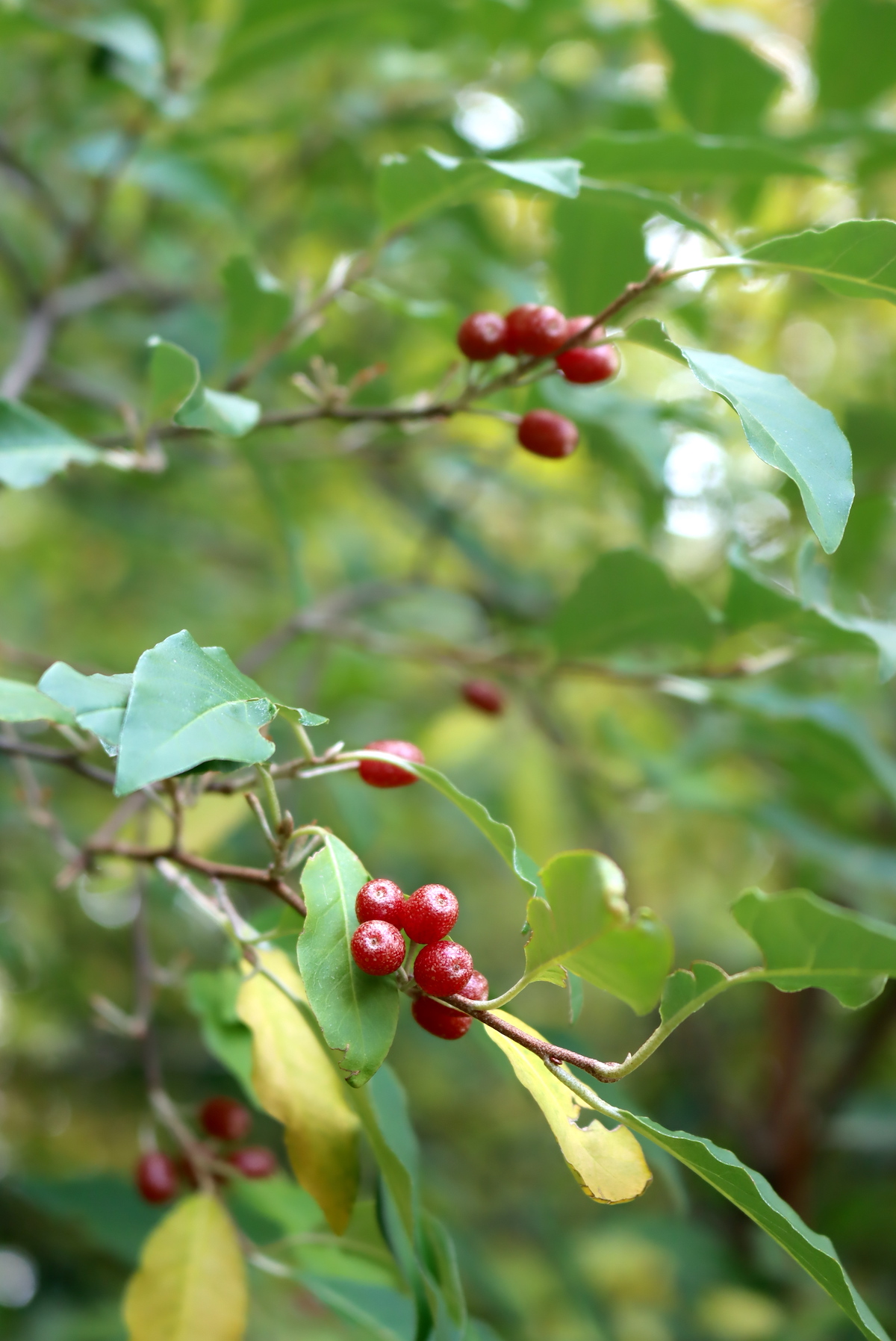
Preparing Autumn Olives
The main problem, when it comes to using autumn olives, is the seed inside. There’s only a small bit of sweet flesh inside each fruit, which surrounds a large seed.
The seeds are pretty soft, so you could just eat them, but generally, the fruit pulp is used instead of the whole fruit when it comes to autumn olive recipes.
Even though the seeds are technically edible, and they’re unlikely to cause you to break a tooth, they’re not exactly fun to eat. You can read a discussion on cooking with whole autumn olive fruit here.
Generally, I’d recommend removing them and using just the fruit pulp, but I have still included some of the recipes that use whole autumn olive fruit as well.
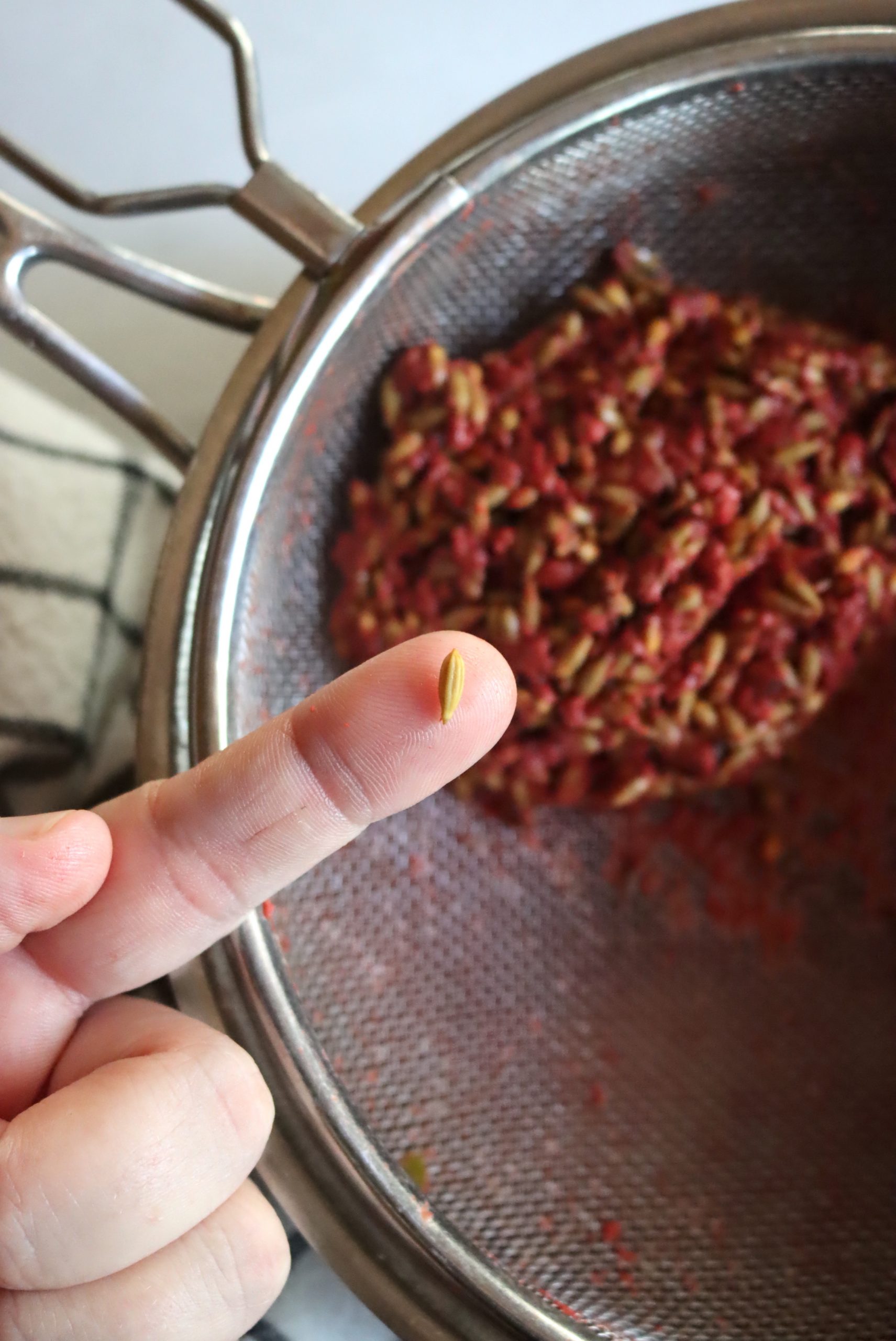
To remove the seeds, bring the fruit to a boil on the stove with a small amount of water. The fruit fall apart pretty much instantly, so you don’t have to cook them long.
Next, pass them through a fine mesh strainer or work them through a food mill.
You should end up with about a pint of pulp from every pound of fresh fruit.
Autumn Olive Recipes
A few of these autumn olive recipes use the whole fruit, but most use fruit pulp to remove the seeds.
My favorite way to use them is in Autumn Olive jam, which tastes like a rich, fragrant cranberry apple jam (plus something extra special, that’s hard to describe).
- Autumn Olive Ketchup ~ Learning and Yearning
- Lamb Chops with Autumn Olive Mostarda ~ La Tourangelle
- Autumn Olive Fruit Leather ~ Eat the Planet
- Autumn Olive BBQ Sauce ~ Bloom Wildcraft
- Autumn Olive Simple Syrup ~ Edible Massachusetts
- Autumn Olive Cordial ~ Cook the Vineyard
- Autumn Olive Cookies ~ Edible Wild Food
- Autumn Olive White Chocolate Chip Cookies ~ Doughn’t Worry, Bake Happy
- Lemon and Autumn Olive Tart ~ Edible Wild Food
- Autumn Olive Merangue Pie ~ Tracks and Roots
- Autumn Olive Cinnamon Swirl Loaf Bread ~ Doughn’t Worry, Bake Happy
- Autumn Olive Jelly ~ Unruly Gardening
- Autumn Olive Jam ~ Creative Canning
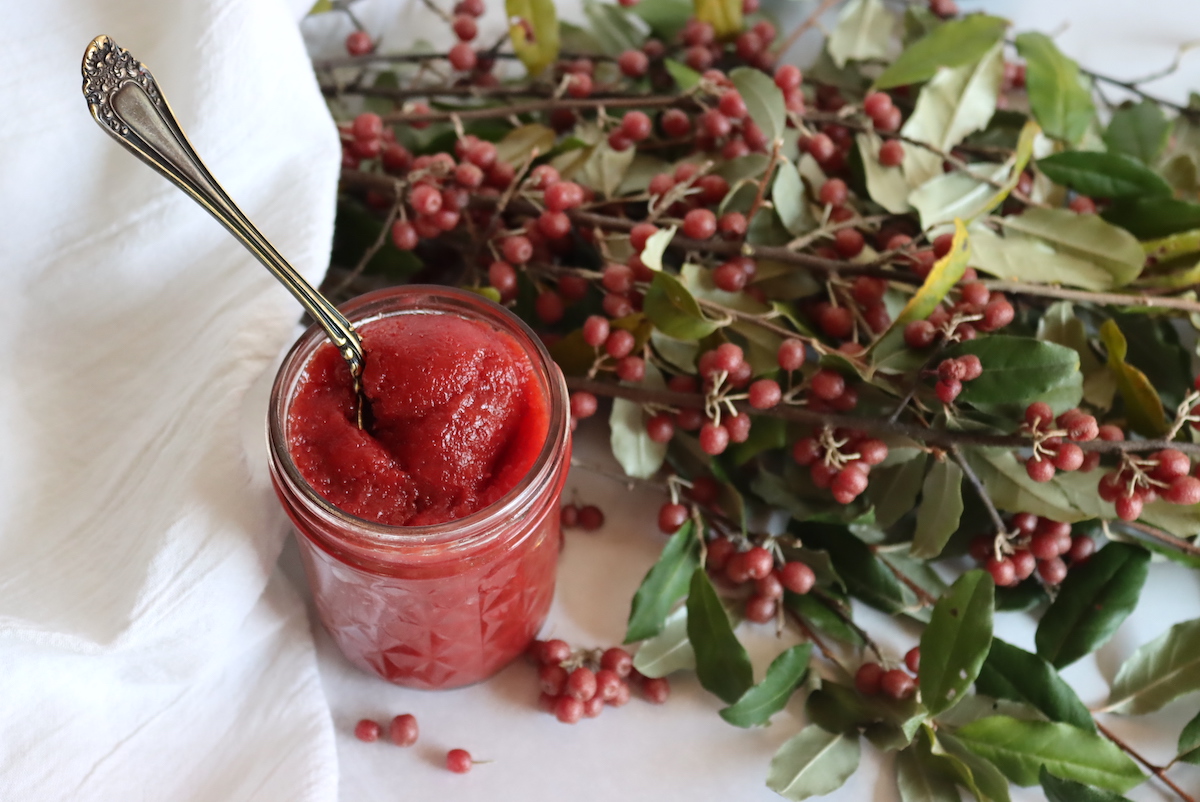
Foraged Fruit Recipe Guides
Looking for more ways to cook with wild foraged fruit?
- Aronia Recipes (Coming Soon)
- Black Walnut Recipes (Coming Soon)
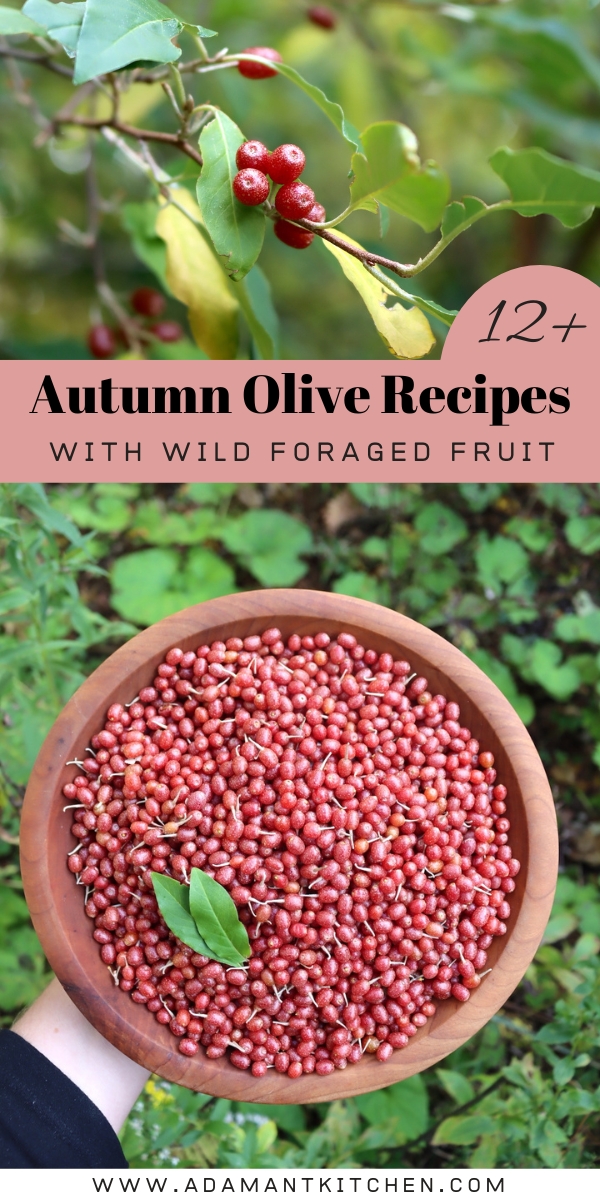
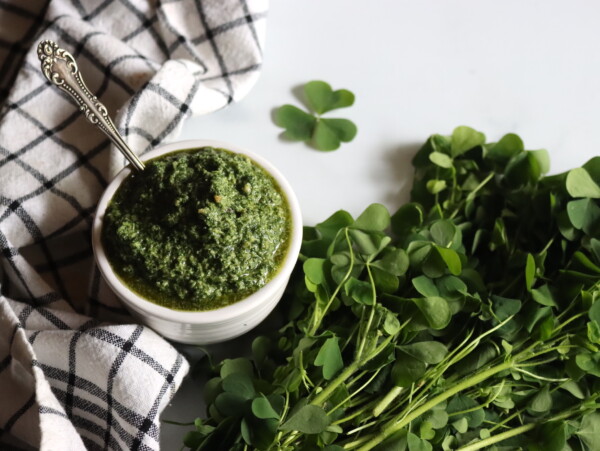

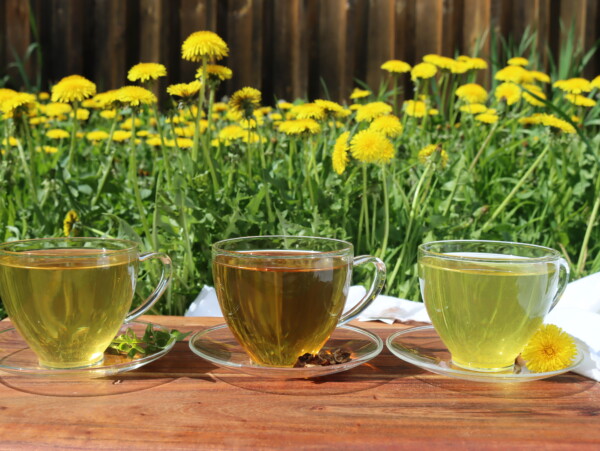
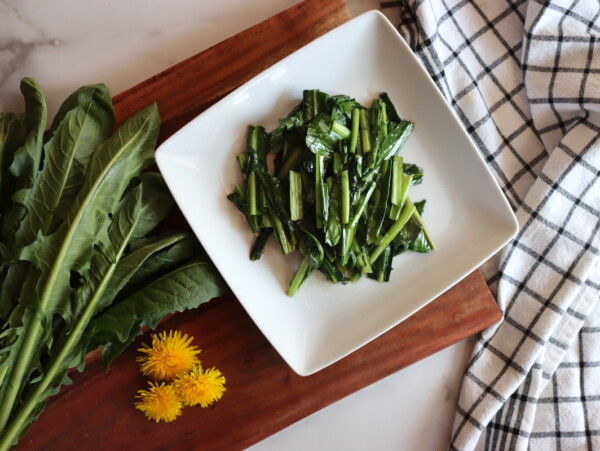
Saw this question/comment about the autumn olive cranberry sauce. That has become a Thanksgiving tradition for us. We actually use the jam as a direct substitute. Some of us prefer less sugar for that purpose, but the kids like a chance to get a big helping of the jam.
Ashley, thanks for this page. We’ve become a big fan of this fruit and tending just two bushes in a sunny spot now provides all we need for the year and it’s an easy harvest. I prune it so the branches stay within reach and the fruit is so heavy, the branches are resting on the ground this year.
I just foraged over a gallon of autumn olives and plan to get more this week. They are shockingly plump and juicy this year. Thinking of making and autumn olive “cranberry” sauce. Have you ever come across a recipe? Not sure of their natural pectin level as compared to cranberries, but thinking of just swapping them out. Any thoughts or ideas?
They don’t have much natural pectin, but you could definitely make a sauce out of them like that and I’m sure it’d be delicious. You’d basically follow the jam recipe in this post, but just don’t add the pectin. The thing to note though, autumn olive pulp tends to separate over time, so that’ll likely happen…no big deal, just shake it up or stir it up before serving.